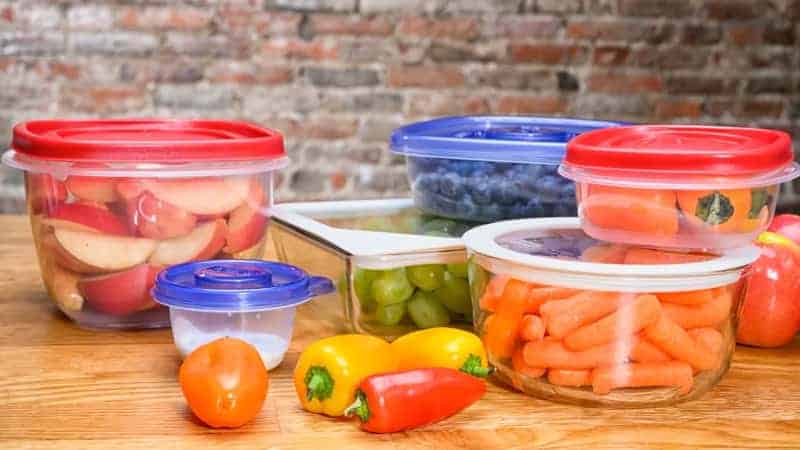Table of Contents
Meaning Food Storage and Preservation

[the_ad id=”451″]
Food Storage
What is Food Storage?
Food storage refers to the practice of preserving both processed and raw food for future use. It entails storing food that has been preserved or purchased in a secure location until it is needed Foods that are not correctly stored risk losing their nutritional value quickly. In order for food to last longer and stay in excellent condition, it must be stored properly.
Importance of Food Storage
- It protects food from spoiling.
- Nutrient loss from meals is prevented.
- It helps family to save money
- Not having to constantly visit the store saves time and effort.
Food Preservation
What is Food Preservation?
This can be defined as the process and practices that preserves the quality of food to prevent spoliage and contamination of the food.
Food preservation refers to handling or treating food in a manner that will ensure its long-term freshness. It can also be characterized as the habit of preserving food before using it.
To keep the food as close to its fresh state as achievable with food preservation. Food that has been preserved can be kept in storage longer than unpreserved food.
[the_ad id=”453″]
Reasons for food Preservation
- To preserve seasonal and highly perishable foods, particularly fruits and vegetables, both in and out of season.
- To avoid scarcity.
- To stop food from spoiling.
- To avoid buying food when it is most costly.
- To keep a variety of food available for use
Criteria for Food preservation techniques
The preservation techniques for food is dependent on;
- The necessary preservation duration till the time of use
- The dish that will be made using the foodstuff.
Methods of Food Preservation
1. Smoking
Smoking is a method of preserving foods like seafood, meat, and root vegetables. The smoked food products may occasionally undergo sunlight or sun drying afterward.
[the_ad id=”453″]
2. Drying
This is the procedure used to eliminate the water content of food. It works well to preserve certain fruits and vegetables, grains, beans, fish, shrimps, chips made from cassava, etc.
3. Fermentation
This is the method for converting some dietary substances into acids. The acids that are thus created will lower the pH of the food, making it unfavorable to microorganisms. These include meals like locust bean seed, yoghurt, wine, and others.
4. Freezing
This is the process of storing food in the freezer or the top section of the refrigerator at a temperature below zero degrees Celsius. This technique works best for preserving perishable goods. The food products are frozen to stop them from spoiling.
[the_ad id=”451″]
5. Canning
Foods are preserved using the canning process, which involves sealing them in a secure container and heating it up. By using this technique, foods like baked beans, sweet corn, etc. are kept.
6. Use of certain chemical substance
Certain substances, such as vinegar, salt, sugar, etc., are added to food in an effort to make conditions unfavorable for microbes by inhibiting the action of enzymes and preventing chemical reactions in food.

